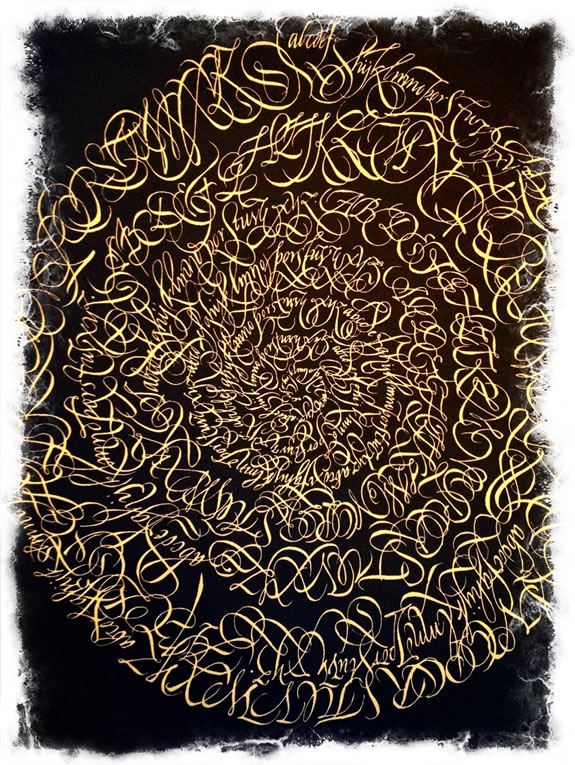
THE DESIGN OF TALISMANS, AMULETS AND THE PORTALS OF PERCEPTION
What if there was an ancient theory about the nature of marking, that the making of marks had a powerful transformative character — a mark is a perceptual portal?
One stroke, an idea is born, an energy captured, a point of view changed. You see it, what you see in it changes the maker and the viewer of the mark. What if that proposition isn’t a modern interpretation of design, but rather a mediation from 4,000 years ago.
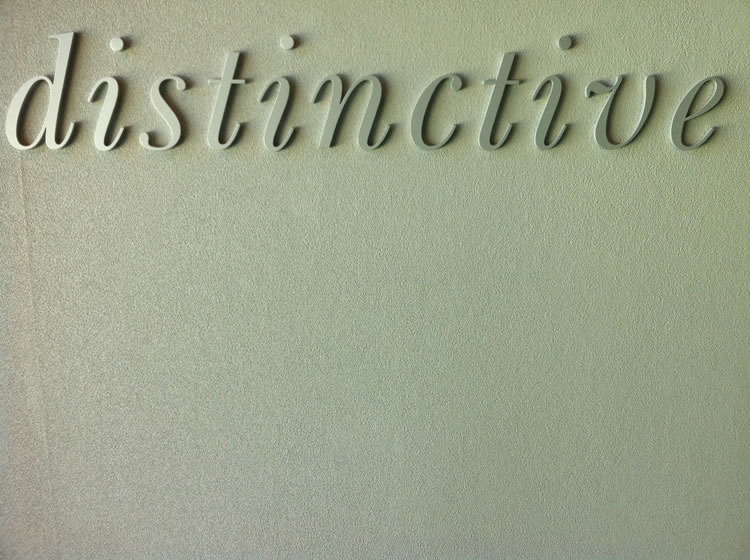
As a calligrapher, designer, mark-maker for multiple decades, I’m prone to examining the deeper intention of the work. What am I doing, what am I accomplishing in the layering of the work, the practice: it practices, what?
I’m always looking for the deeper angle, the further incident, the fifth prismatic plane, the deeper light.
There’s the work, what’s it for?
What’s the why?
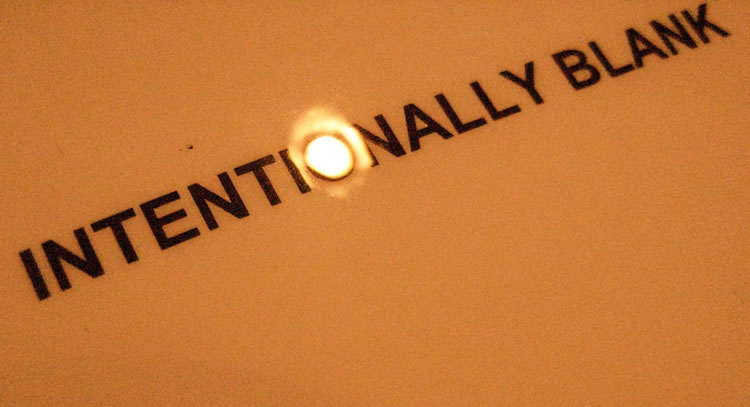
Over the past several months, I’ve been talking to a younger person about the idea of the place of magic in a sub-current of popular culture [Supernatural] in a manner, the interest in magic is an ever-popular sentiment of exploration, it would appear as a never-ending trend. Really, what is that—magic?

So-called magic can “do things that otherwise can’t be done.” Magic, in a manner, as well, acknowledges that all that can be seen isn’t everything that is “seeable.” There is always more outside the conventional range of common sight – there is what lies behind, beneath, and under, the easily known.It is, as well, a channeler of content, or the range of natural forces that can be bent, formed or moved in hyper-natural ways.
For me, the realm of design purports something higher, or more mysterious than merely superficial communications — there are layers to context. There is the obvious, then there are symbolical and allegorical layers that reach to more psychical conditions of being.
When I was in college, as a student of paleography, I was curious about the power of writing in different contexts — and one of them was magical — the mythical and illustrative symbolism of the stroke, the mark well-made.
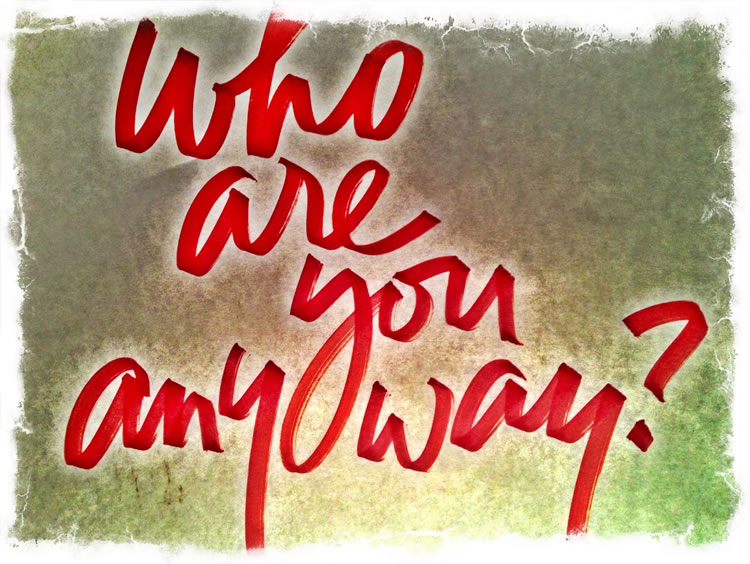
The idea was this: the word, the naming of things, in writing, held sway in the power of describing things by “calling them out.” To name a thing gives it a different kind of power, it comes into being. To draw a thing brings it to life in still another way. It moves from the sentience of an unknown object, to an object which is subjectively, personally, defined.
It is drawn, it is named, it is newly known.
It exists.
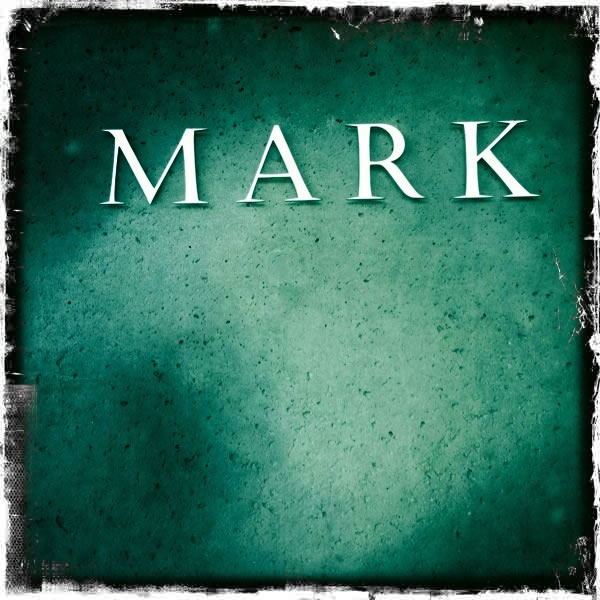
In my conversations about magic, divination and witchcraft, the idea of talismans and amulets emerges — for me, it all started with my first, real personally purchased book, 1966, I was 13, the book cost the whopping fee of $12.00 — wholly appalling to my mother.
I bought this with my allowance, cash-mailed, which was sent in an envelope to a book-remaindering house.
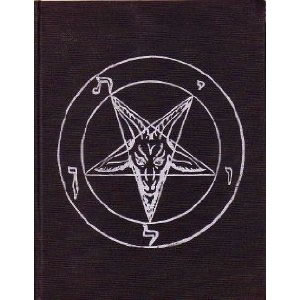
Our interest in the nature of writing and talismans can be found in the lobby entry way of Girvin, Seattle. On the northwestern wall, there are a string of ancient talismans, each with writing, as a protective necklace to the place — inscribed in Arabic and Hebrew. They keep the magic:
in.
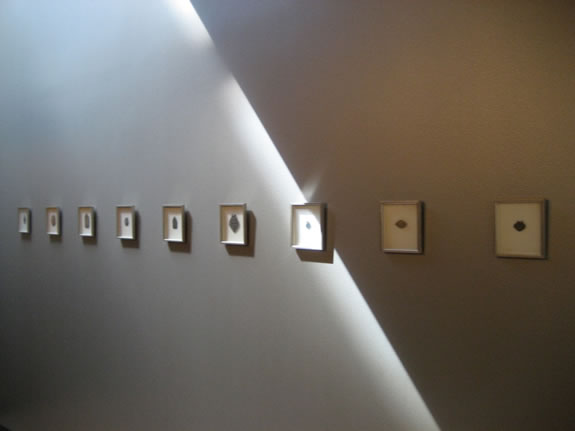
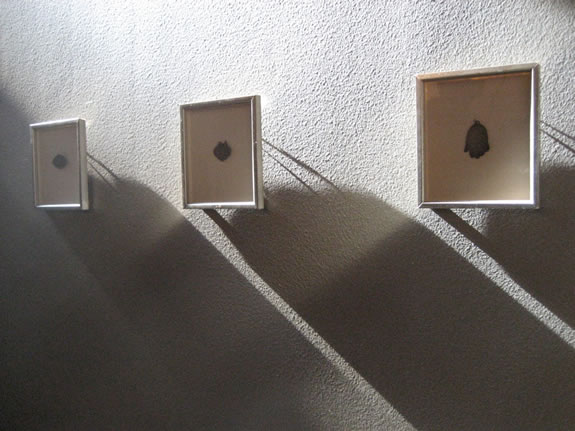
The conception of these amulets, designed to be worn, is that writing — prayers, spells and invocations are essentially spell-binding; the writing, read — perhaps by malevolent forces — are detracting, disarming, “binding” and warning shots to the bad — creating an encircling of goodness.
Bullets are deflected.
Badness is pushed away.
Demons are known, named and organized, for banishment.
This tradition is hardly new — but rather 1000s of years old.
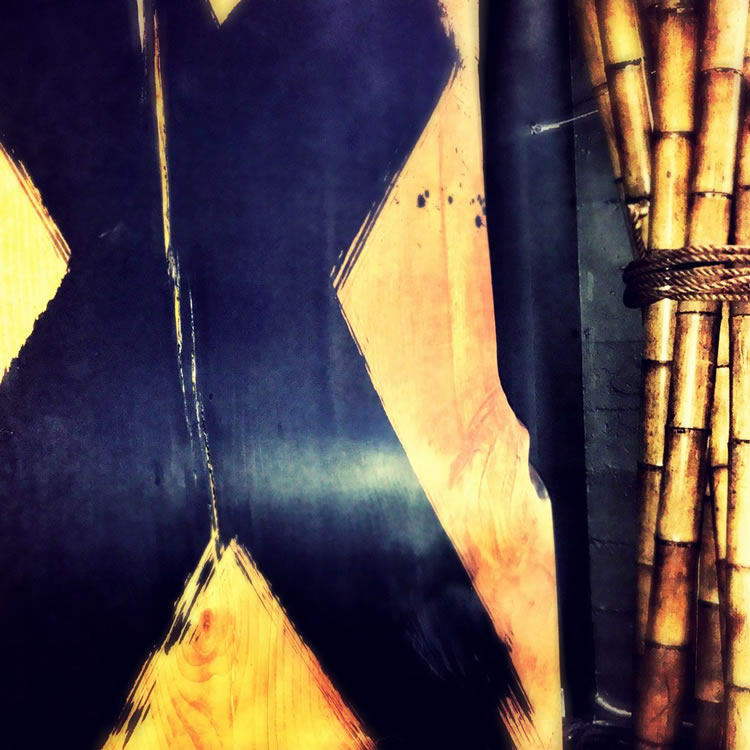
There is, too, a massive X which is the most powerful symbol of them all—X is the crossing ground, it’s the way in, the way out, the nexus of the here and the there, the this way and that way, the up, the door, the right, the left, the north, south, east and west. Which way, go you, journeyer?
I examined, and study to this day, writing systems investigations, and magical, divinatory and invocational uses of the written letter [in many languages] protection from and the entrapment of the bad. During my college years, I also explored the nature of architecture and magic, the idea that buildings in the ancient world were cosmographic in character — they marked principles in the design of the world. Writing and signs weave into their sustenance, protection and definition [in signs, sigils and seals.] W.R. Lethaby authored a summary, his classic, “Architecture, Nature & Magic.” In a manner, buildings [and their design strategies] are the receptacles of bigger ideals, the mantle of the world, the dome of heaven, the lighthouse that sees all, the watchtower, the crossroads, the granary of seeds and food, and the germinative nature of the bakery and oven.
And buildings, and their occupants, need protection.

Girvin house talismans
So how was that done? Talismans, symbolic markings, “signs” to ward off the bad. And, to the opening labyrinthine markings of the alphabet — the calligraphic mandala at the head of this blog — the path to “bind” the bad is one of encircling. Like spell-binding bowls.
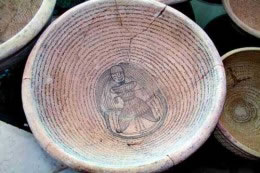
This Jewish incantation bowl features ancient magic spells written in Aramaic script spiraling around a bound demon in the hope that it will ward off evil.
An item for sale:
7739. BABYLONIAN/HEBREW DEVIL TRAP BOWL, c. 3rd century BC – 6th century AD. The terra-cotta bowl inscribed with charms and magical texts, used by the ancient Hebrews in parts of Babylonia. The bowl was to drive away evil. The inverted bowls were buried under the four corners of the foundations of houses and buildings. The magic from the bowls was believed to provide protection against an assortment of evils including male and female demons, illnesses, curses, and the evil eye. The Babylonian devil traps were in usage between the third and first centuries BC to the sixth century AD. They were considered a pagan custom and were technically prohibited by the Hebrew religion which proscribes magic in general. Perhaps to circumvent this religious law the bowls were inscribed with inscriptions invoking the help of God or quotes from Hebrew scriptures. One bowl from the third century BC. proclaims a “bill of divorce” from the Devil, and all of his night monsters, commanding them to leave the community. 2.5 x 6.5 inches with especially clear script. Carefully repaired from three shards.
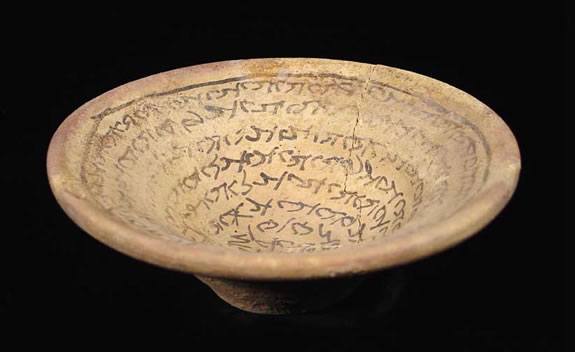
From Wikipedia:
An incantation bowl, also known as a demon bowl or devil trap bowl, is a form of early protective magic found in modern-day Iraq and Iran. Produced in the Middle East during the Late Antiquity from 6th to 8th century AD (see Asuristan), the bowls were usually inscribed in a spiral, beginning from the rim and moving toward the center. Most are inscribed in Aramaic languages. The bowls were buried face down and were meant to capture demons. They were commonly placed under the threshold, courtyards, in the corner of the homes of the recently deceased and in graveyards.
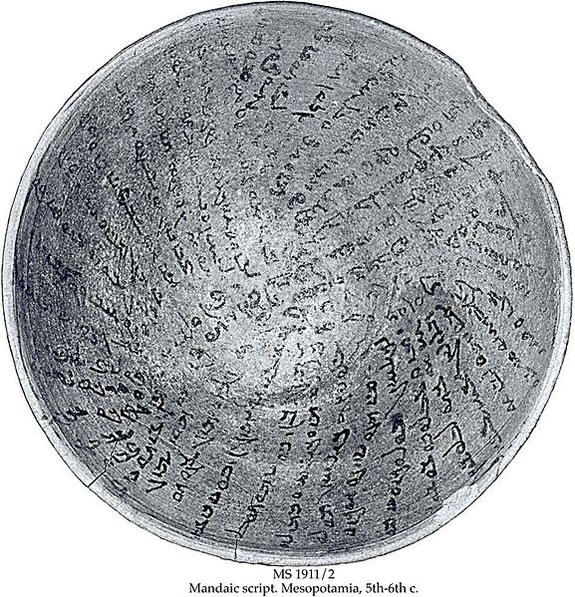
A demon trap
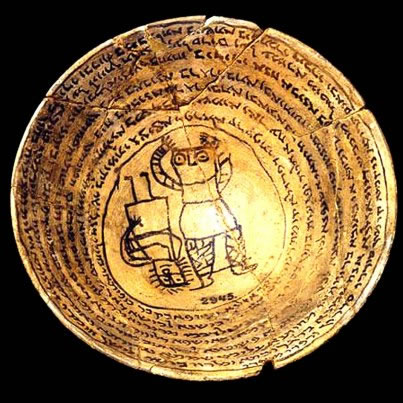
A bound demon, shackled by spells, 6th c. Nippur
The idea of writing having magical and protective powers isn’t too difficult to acknowledge—the alphabet, or any writing system, in its lineage is 1000s of years old, a system of markings that hold the transparency of thought, emotion, prayer and meditation—writing can translate deep states of being. So too, the power of writing is tied to the “naming” and describing of things—which, in a manner, is something of a “binding.” By naming something you call it into being. Writing a spell works both ways, as an invocation of, or
a protection from, that which is named.
Heigh ho.
As you whistle while you work, think on what lies within the very nature of that which you do. And why?
TSG | GIRVIN SEATTLE WATERFRONT
…..
G I R V I N | BRANDS BASED ON GENIUS
BUILDING STRATEGY AROUND PEOPLE
http://bit.ly/s1PEyI